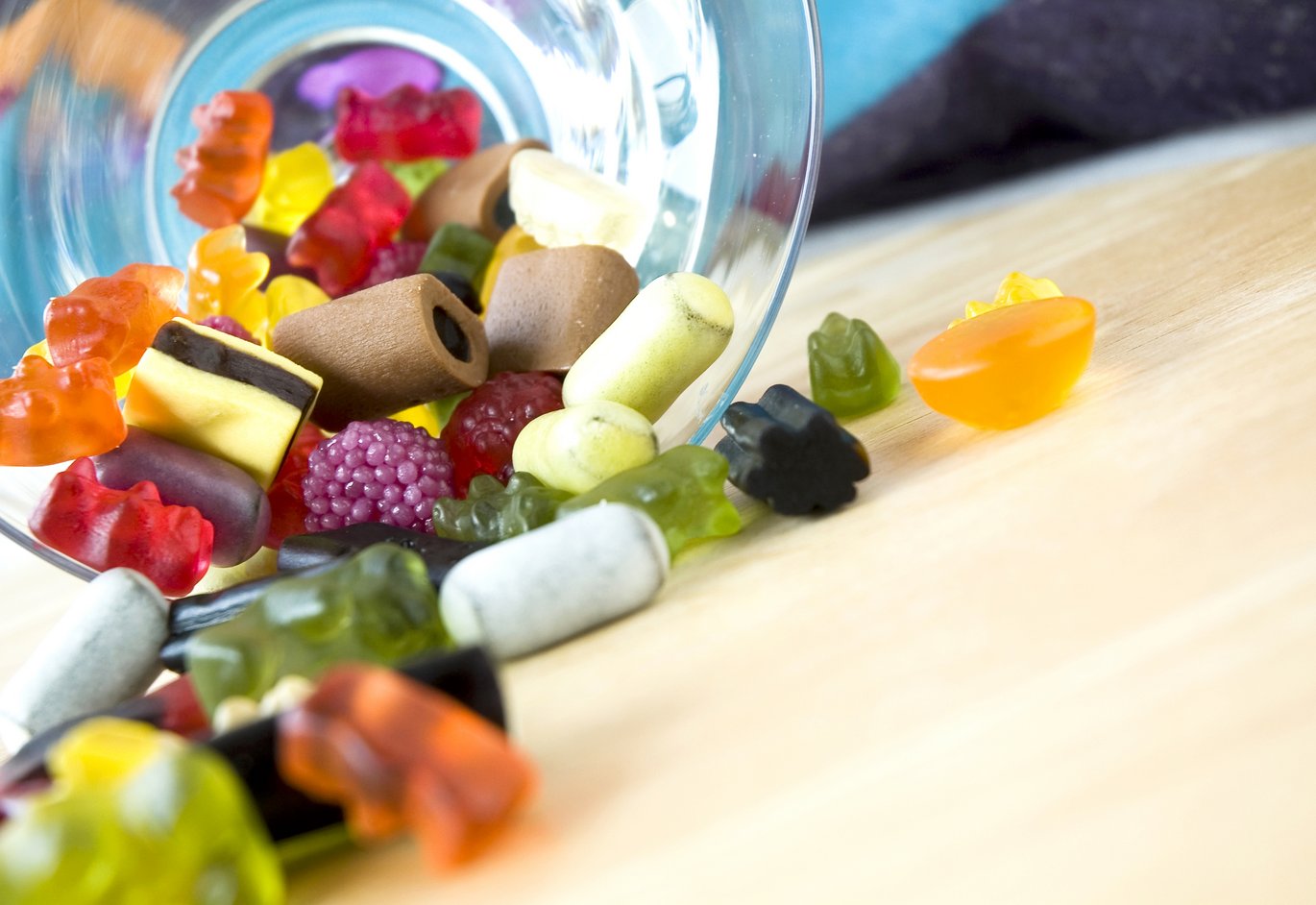We underestimate our own consumption of candy and chips
We are well aware that our own consumption of candy and chips is too high - but still, each of us believe that our consumption is lower than that of other consumers, according to a new study by the MAPP Centre and Department of Food Science, Aarhus University. The study focuses on the development in portion sizes for candy and chips in Denmark.

We believe our own consumption of candy and chips is moderate, compared to that of other consumers; and yet – at the same time – we feel that we eat more than appropriate.
This is one of the conclusions in a new study by researchers from the MAPP Centre and the Department of Food Science, Aarhus University, recently published as a DCA report. The purpose of the study was to illustrate the Danes’ conceptions of portion sizes and consumption of sweets and chips.
One of the researchers behind the study, Research Assistant Susanne Hansen from the MAPP Centre, explains why knowledge of portion sizes is important:
- In literature, evidence indicates that larger portions increase calorie intake. Further, as portion sizes increase, so does the number of people that are overweight. However, portion sizes are not the only factor in play when it comes to obesity, but it is a well-documented factor.
The study consists of four parts. Part 1 is a literature review. Part 2 is a market analysis of the development within the sale of sweets, pick and mix candy, and chips with specific focus on portion sizes. Part 3 is a questionnaire study looking into Danish consumer perceptions of portion sizes in sweets and chips. Part 4 is an interview study with Danish parents.
Bigger portions sell
The market analysis shows that the sale of medium-sized bags of candy and chips has increased in recent years – and the sale of smaller bags has declined.
Research Assistant Kamilla Kragelund, Department of Food Science, responsible for the market analysis, explains:
- We have witnessed an increase in pick and mix candy as well as candy bags between 231 and 499 g, whereas the sale of other bag portions – both the smallest and the largest ones – has declined. However, this means that the total sale of sweets is rather stable during the period from 2013 to 2018. The total sale of chips has been increasing during the entire period from 2004 to 2018, and bag sizes from 101 to 200 grams are especially popular among Danish consumers.
We underestimate our consumption
Contrary to sales figures, the questionnaire results show that consumers tended to select the smaller portion sizes as appropriate when presented with the choice between different portion sizes of candy and chips:
- Consumers are well aware that they eat more than they should. On average, the respondents said that they ate significantly more than considered appropriate – a result confirmed by the statements in the questionnaire study. However, the respondents in the questionnaire studies stated that they eat significantly smaller portions of sweets and chips compared to consumers of the same age and gender. We witness a considerable difference as to the portion sizes, which the respondents state they choose and, on the other hand, what they considered normal to eat. This goes for both candy and chips, says Susanne Hansen.
Focus on social standards
The results from the study may form the basis of future initiatives to limit the Danish intake of candy and chips – e.g. new communication strategies:
- Telling consumers to eat smaller portions of candy and chips is not an effective strategy. We all know that! Another option may be to focus on “social norms messaging”, which means providing advice and information using social norms as the focal point – instead of consumer health. The messages may be that other consumers in the same situation eat less. This strategy has proved very efficient in relation to increasing the intake of fruits and vegetables.
Project facts
| Funding | This report was commissioned by the Danish Veterinary and Food Administration as part of the “Framework Agreement between the Ministry of Environment and Food of Denmark and Aarhus University on the provision of research-based policy support 2019-2022”. | |
|---|---|---|
| Project partners | The MAPP Centre, Department of Management, Aarhus University, Department of Food Science, Aarhus University | |
| More information Contact | Download the DCA report "Danskernes forbrug af slik og chips - en undersøgelse af portionsstørrelser" (in Danish) Susanne Hansen, Research Assistant - Department of Management, MAPP Centre -sha@mgmt.au.dk - Telefon: +45 87165067 | |
|
